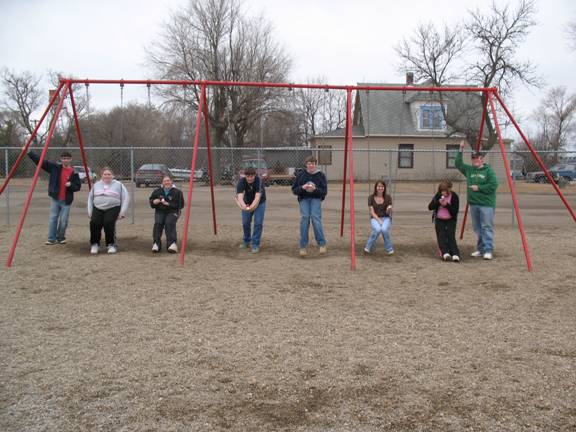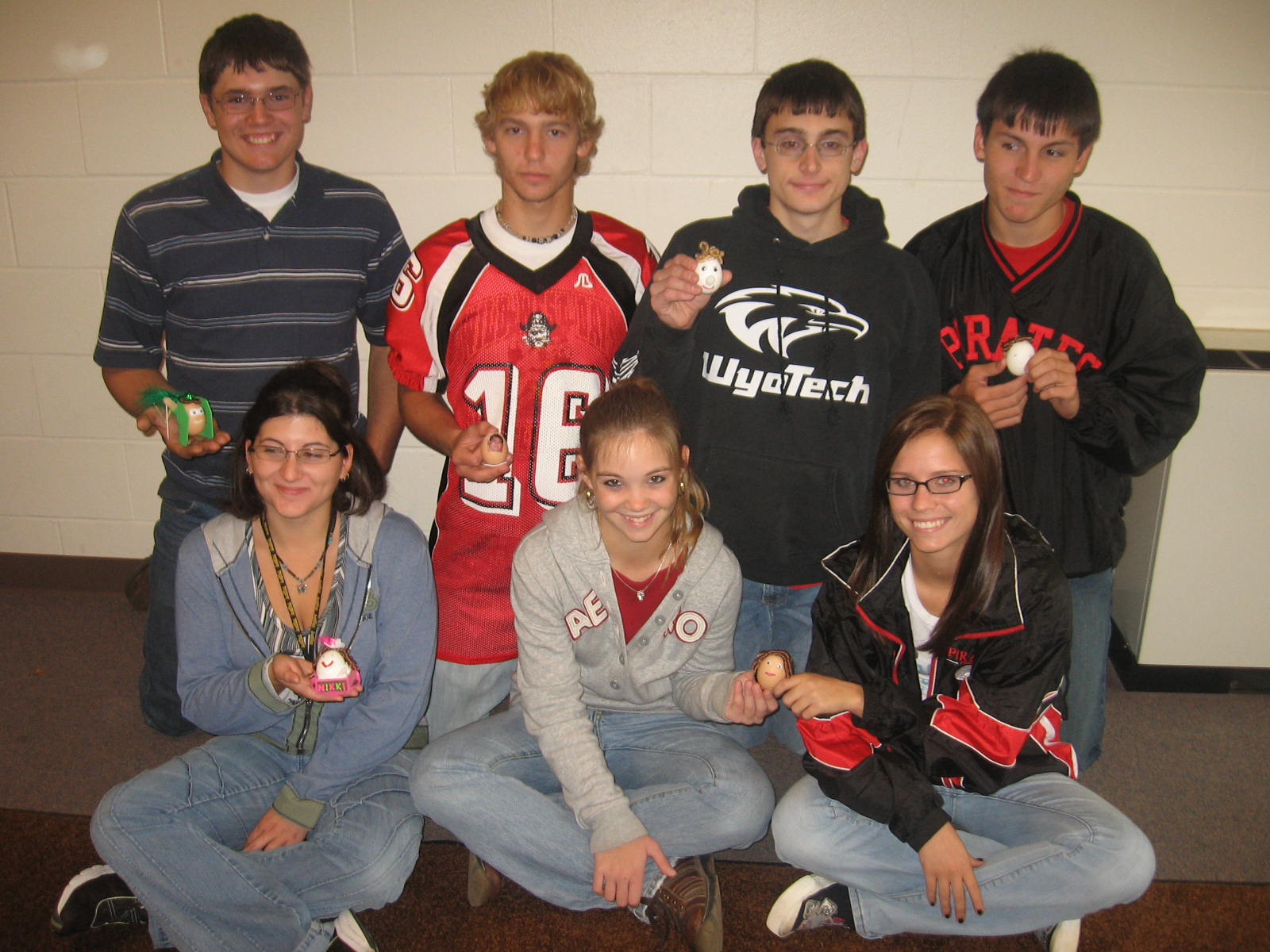HUMAN DEVELOPMENT
SUBSTITUTE NOTES
HUMAN DEVELOPMENT: PRESCHOOL - SCHOOL AGE
|
2008 Human Development Class |
| Suggested
Grade level: 9, 10, 11, or
12th Grades Topics Covered:
|
Class Introductionhttp://hhshumandevelopment.blogspot.com/2011/08/class-introduction-activity.html |
Syllabus
|
Indicator #1: Analyze growth and development of preschool through school-age children. |
|
Career PathsHDPS 1.7 Distinguish career paths within early childhood education child services, preschool, and school-aged education. |
Child Abuse & Neglect are issues that affect all career paths of Human Development. Complete the assignments below to learn more about the abuse & neglect of children.
|
Best PracticesHDPS 1.1 Defend best practices in planning for early childhood education and child services. HDPT 1.1 / HDPT 1.2 Students will understand that knowledge of best practices guides caregivers in meeting the needs of children. 1. How do best practices promote growth and development in children? 2. How could best practices change a child's future? |
Nature Vs. NurtureToday, we are going to look at furthering your understanding of individual differences in normal development and how family, heredity, and environment play a role. Learning about why and how we develop in studying human development will serve to help us distinguish between individual variation and potential problems. How do best practices promote growth & development in children? Twins.pdf
Growth & Development of Children
Human Development TheoristsTheories of development are sometimes seen as too technical to be useful. However, human development theories can give us a lot of insight into why people are the way they are. This lesson will give you background on some well-known theories and theorists in human development and answer this question. How can theories of development help us understand children's behavior and our own behavior. Puzzle Activity: Divide the class into small groups and give each group a children's puzzle. Before handing out the puzzles, remove one or two important pieces from each puzzle. Ask the students to put the puzzles together. When they finish, discuss how important it is to have all of the pieces in order to see the complete picture of the puzzle. This relates to what we are studying. The information about Child Development Theorists is vital to understanding how children grow and develop as individuals. Without the knowledge of the theorists our understanding of children's growth and development would be as incomplete as the puzzles they put together. We need all of the information to make the connections. How did you do? How did you solve the puzzles? Did you use past experiences? trial and error? guesses? Throughout history, people have tried to find out how we learn and solve problems and why we behave the way we do. This lesson focuses on cognitive and social/emotional development theorists and theories.
Types of Development
REVIEW GAMEAssessment Methods to Observe Children's Growth & Development
|
Growth and Development of Infants and ToddlersHDPT 2.1 Examine prenatal development, Pregnancy, and child birth to determine healthy growth and delivery of a baby. HDPT 2.2 Analyze appropriate growth in the physical, emotional, social, and intellectual development of infants. HDPT 2.3 Distinguish appropriate growth in the physical, emotional, social, and intellectual development of toddlers. |
HDPT 2.1
HDPT 2.2
HDPT 2.3
|
Growth & Development of PreschoolersHDPS 1.2 Illustrate appropriate growth in the physical, emotional, social, and intellectual development of preschoolers. |
|
Growth & Development of School Age ChildrenHDPS 1.3 Illustrate appropriate growth in the physical, emotional, social, and intellectual development of school age youth. |
|
Safe & Healthy Learning EnvironmentsHDPS 1.4 Organize a safe and healthy learning environment for youth. |
|
SafetyHDPS 1.5 Complete a safety training. |
|
External Support SystemsHDPS 1.6 Judge external support systems that provide services for parents and children. |
|
Chronological & Psychological Birth Order Webquest
Develop a personal health family tree. (Go to the American Family Tree Website at the link below and begin a family tree of your own.) You will need to conduct interviews with family members to determine health problems that run in your family; cancer, heart disease, arthritis, althzeimers, diabetes, etc.)
American Family Tree: http://www.pbs.org/americanfamily/tree/#
http://coe.nevada.edu/cspeer/webquest/
The 2007-2008 Child Development Class with their "Baby Eggs" (Family Portrait). After studying the positives and negatives of different aspects related to having children, the class had to take care of their "baby" and write a letter to it describing how they would take care of its needs.

The 2007-2008 Child Development Class with their babies.
(Left to Right: Cody Reed, Amanda Genzler, Christina Crain, Ryan Harris, Cody Ramsey, Brigette Nemec, Sina Tueffers, Zeb Husted)
